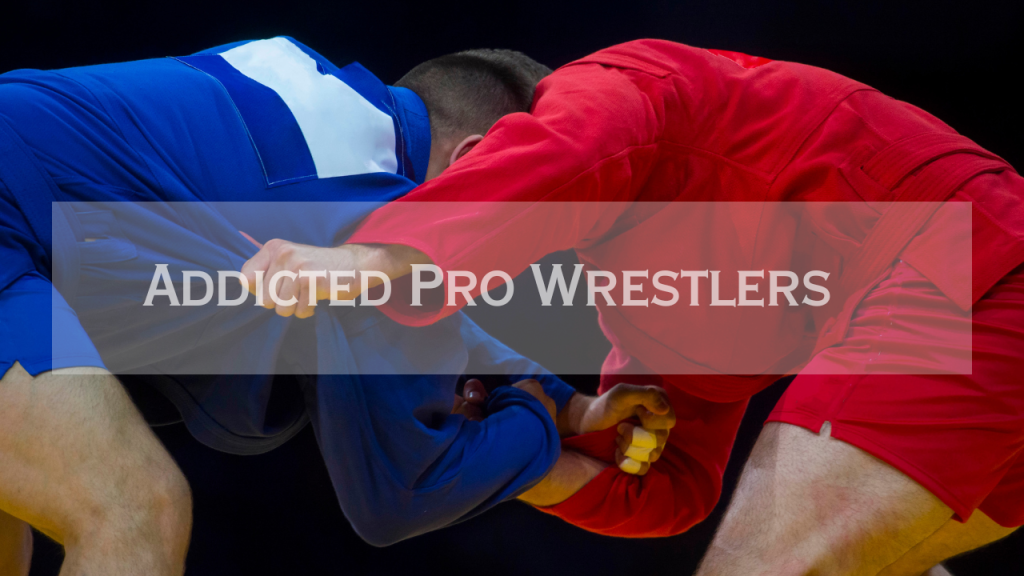
In the world of professional wrestling, “kayfabe” refers to the portrayal of events, characters, and storylines as real, blurring the line between fiction and reality. Wrestlers go to great lengths to maintain their personas, often projecting larger-than-life images of invincibility. However, behind the scenes, many of these performers grapple with real-life challenges, including addiction. The physical and emotional demands of the wrestling industry have led several superstars down a dangerous path, but their stories of struggle and recovery reveal the humanity beneath the personas.
The Realities Behind the Curtain
Professional wrestling is a physically taxing profession that demands constant travel, extreme athleticism, and the ability to perform despite injuries. Wrestlers endure a relentless schedule, often performing several nights a week, leaving little time for rest or recovery. The physical toll frequently results in chronic pain, which is often managed with prescription painkillers. For some, the reliance on medication spirals into dependency.
In addition to physical challenges, the pressure to maintain a public image and meet fan expectations can take an emotional toll. Many wrestlers turn to alcohol, stimulants, or recreational drugs to cope with the isolation and mental strain of life on the road. Unfortunately, the combination of physical pain and emotional stress creates a breeding ground for addiction.
Stories of Addiction and Resilience
One of the most notable examples of a wrestler battling addiction behind the scenes is Jake “The Snake” Roberts. Known for his sinister charisma and psychological mastery in the ring, Roberts’ personal life was a stark contrast to his controlled demeanor on screen. He struggled with alcoholism and drug addiction for decades, which derailed his career and strained his relationships. However, with the help of fellow wrestler Diamond Dallas Page (DDP), Roberts found sobriety and reclaimed his life, becoming a beacon of hope for others.
Another tragic tale is that of Eddie Guerrero, a fan-favorite who captivated audiences with his charisma and technical wrestling skills. Guerrero battled addiction to painkillers and alcohol throughout his career. Although he eventually achieved sobriety and inspired others with his recovery journey, the long-term damage to his body contributed to his untimely passing in 2005. His death served as a wake-up call for the wrestling industry to take greater responsibility for its performers’ health.
Jeff Hardy, a high-flying daredevil and former WWE champion, has also faced highly publicized struggles with addiction. Hardy’s reliance on painkillers and alcohol led to multiple arrests and suspensions. Despite setbacks, Hardy has repeatedly sought treatment and remains determined to overcome his challenges, demonstrating resilience and a willingness to grow.
Changing the Industry’s Culture
Historically, wrestling promotions did little to address addiction issues, often prioritizing performance over well-being. However, as more wrestlers’ struggles became public, the industry began implementing changes. WWE introduced a comprehensive wellness policy, including regular drug testing and mandatory rehab for those in need. Independent organizations have also started prioritizing mental health and addiction awareness.
Conclusion: The Human Side of Wrestling
The stories of wrestlers battling addiction behind the scenes remind us that beneath the personas are real people with real struggles. By breaking kayfabe and shedding light on these challenges, the wrestling community has taken steps toward fostering a culture of support and recovery. These stories not only highlight the need for systemic change but also inspire countless fans and performers to confront their own battles with strength and resilience.

Leave a Reply